
|
There are basically 2 alternatives to establishing a lawn:
1- Seeding/Hydroseeding: Applying selected turfgrass seeds to prepared soil, allowing it to grow in place to maturity, which, depending on how much effort the homeowner puts into it, could be a very long time.
2- Sodding: Applying strips of turfgrass to the prepared soil, to create an “instant” mature lawn. |

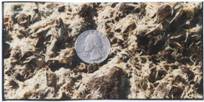
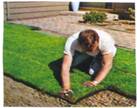
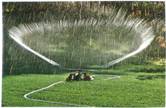
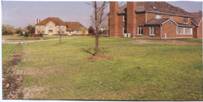
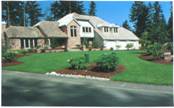
|
Hydroseeding– day 1 |
|
Hyroseeding– day 2 |
|
Hydroseeding– day 30 |
|
Sod– day 1 |
|
Sod– day 2 |
|
Sod– day 3 |
|
FACTORS TO CONSIDER |
SEED |
HYDROSEED |
TURFGRASS SOD |
|
Time of year to install |
Not recommended for winter or summer, possible in spring, best in fall for most areas. |
Not recommended for winter or summer, possible in spring, best in fall for most areas. |
Year round installation, even on frozen ground if sod is available |
|
Soil Preparations |
Same for all types |
Same for all types |
Same for all types |
|
Water requirements |
Highest water needs– Bare soil will dry out quickly. |
Moderate to high water needs. Mulch will preserve some moisture. |
Lowest water needs– water first to 6”- then light waterings for next 2-3 weeks. Sod will shade soil and prevent drying. |
|
Seed Quality |
Generally lower quality seed than used in cultivated sod production. |
Generally lower quality seed than used in cultivated sod production. |
Typically the highest available sod quality, certified, elite seed. Mixtures and blends used to suit area needs. |
|
Weed Control |
Multiple applications of chemicals required to combat weed invasions until turf is established. |
Multiple applications of chemicals required to combat weed invasions until turf is established. |
Minimal, if any chemical control is required. |
|
Uniformity of Coverage |
Seed varieties, rates, germination times, wash-outs (erosion), traffic, etc. can create spottiness. |
Seed varieties, rates, germination times, wash-outs (erosion), traffic, etc. can create spottiness. Mulch layer may reduce some problems. |
99 to 100% uniformity with use of mature turfgrass sod. |
|
Runoff/Erosion |
Heavy rains or sloping areas will cause seed, chemicals, and silt to wash onto sidewalks and into storm sewer systems. Little, if any protection for several months. |
Heavy rains or sloping areas will cause seed, chemicals, and silt to wash onto sidewalks and into storm sewer systems. Mulch should help erosion/runoff. |
Capable of accepting heavy rains without erosion or damage. |
|
Visual Impact |
Rough texture and open soil |
Colored mulches act to camouflage soil appearance, without much success. |
Immediate beauty of a “complete” and mature landscape. |
|
Useability |
Low traffic use for 2 to 4 months after seeding with faster germinating seed. Normal use only after first year. |
Low traffic use for 2 to 4 months after seeding with faster germinating seed. Normal use only after first year. |
Low traffic immediately. Normal to high traffic levels within 2 to 3 weeks. |
|
Installation Costs |
Lowest cost |
Mid to high level cost. |
Highest cost. |
|
Cost vs. Value |
Higher management and maintenance costs, compounded by increased water and chemical use, as well as delay of use, poor uniformity and visually unappealing appearance are trade-offs for lower installation costs. |
Higher management and maintenance costs, compounded by increased water and chemical use, as well as delay of use, poor uniformity and visually unappealing appearance are trade-offs for lower installation costs. |
Installation costs offset by added values of timing, useability, uniformity, and visual appeal. Reduced maintenance, chemical and water costs also add value. |